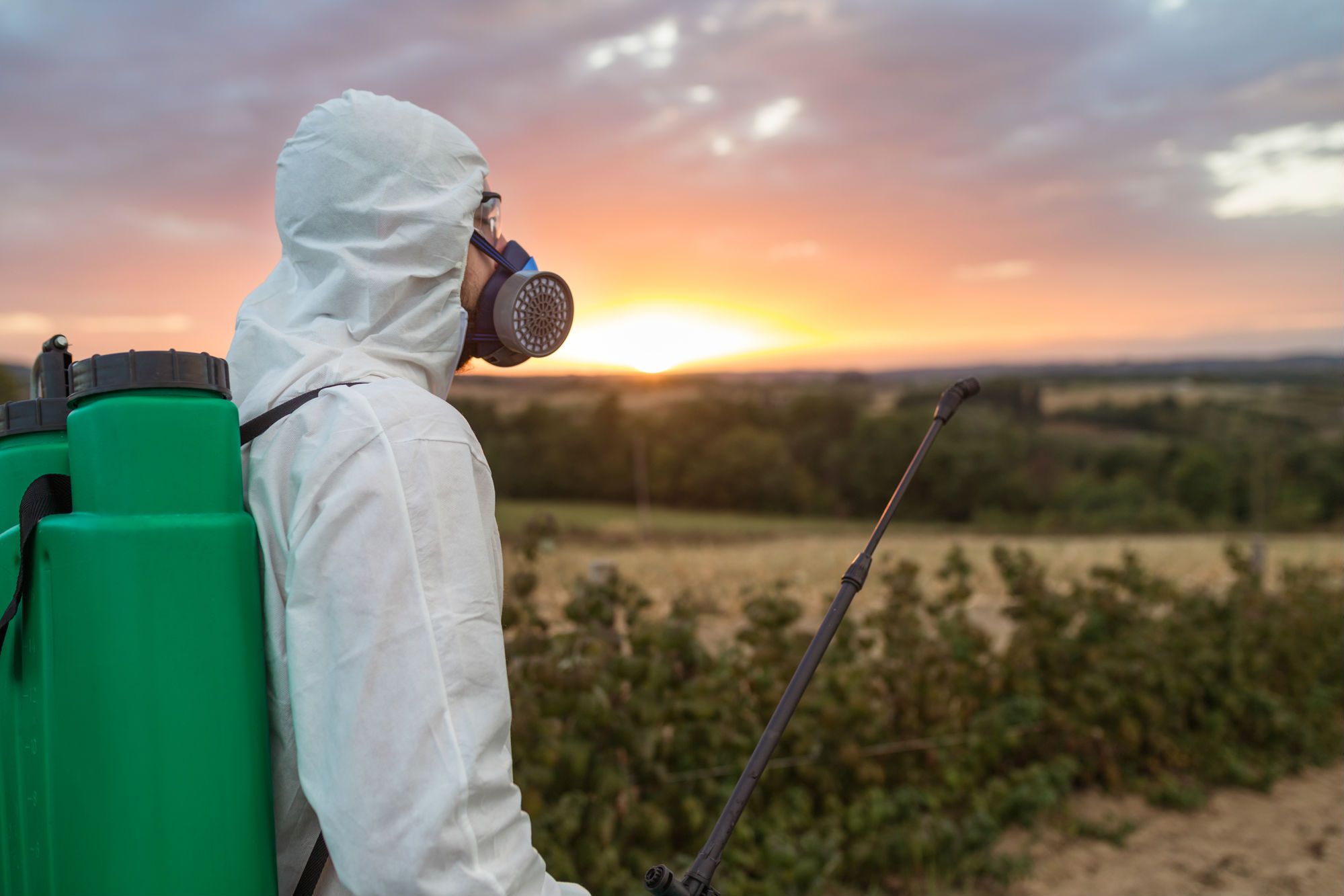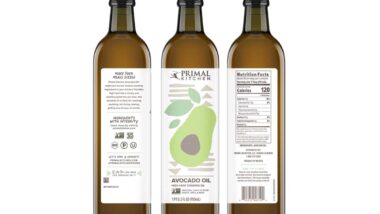Top Class Actions’s website and social media posts use affiliate links. If you make a purchase using such links, we may receive a commission, but it will not result in any additional charges to you. Please review our Affiliate Link Disclosure for more information.
Questions have been swirling around Monsanto as an increasing number of lymphoma patients argue that Roundup is toxic to humans. Although the manufacturer of the popular weedkiller continues to argue that its product is safe for regular use, more consumers have filed Roundup cancer lawsuits arguing that continuous exposure significantly heightens cancer risk.
A recent $2 billion verdict against Monsanto may be a sign that juries are inclined to believe Roundup is toxic to humans. For years, the two plaintiffs in that case regularly sprayed Roundup on their properties, which they argued led to the development of non-Hodgkin lymphoma.
The plaintiffs argued that Monsanto knew Roundup was toxic to humans and purposefully hid it from consumers. The lawsuit accused the company of acting with fraud, malice, or oppression.
There have been previous verdicts against the company, but the dollar figure in this case far exceeded the others. This case focused not just on glyphosate, the active ingredient believed to cause problems, but other allegedly toxic ingredients contained in the herbicide. The plaintiffs’ argued that these other ingredients create a synergy with glyphosate that put the plaintiffs at high risk.
A toxicology report found that glyphosate comprised some 60% of the product and that surfactants represented an additional 15%. A toxicologist said that one of the other ingredients in the Roundup spray was 40 times more toxic than glyphosate. Glyphosate has received the lion’s share of publicity in Roundup trials thus far.
One of the arguments in the recent case was that the other surfactants in Roundup are dangerous because when combined with glycols, they allow glyphosate to be delivered through the user’s skin. This means that a higher proportion of the toxins stays inside the user’s body rather than being washed off, which could account for the greater risk profile.
Non-Hodgkin’s lymphoma is one of the most common types of cancer linked to glyphosate in both research and legal action regarding Roundup’s toxicity to humans.
Non-Hodgkin’s lymphoma is a type of cancer that originates in the body’s lymphatic system. Specifically, tumors from this cancer start in a type of white blood cell which helps support the immune system.
Symptoms of non-Hodgkin’s lymphoma can include:
- Swollen lymph nodes in the neck, armpits, and/or groin
- Abdominal swelling and pain
- Chest pain
- Coughing
- Trouble breathing
- Fever
- Night sweats
- Fatigue
- Weight loss
- And more
Unfortunately, doctors cannot pinpoint the precise cause behind most patients’ NHL diagnosis. However, risk factors may include immunosuppressive therapies, including those used after an organ transplant, and both viral and bacterial infections, such as HIV and mononucleosis. Old age may also be a factor.
 Glyphosate and Roundup Cancer
Glyphosate and Roundup Cancer
More recently, pesticides like glyphosate have been linked to non-Hodgkin’s lymphoma.
According to research by Cornell University, glyphosate on its own is a moderately toxic herbicide. However, many tests have focused on glyphosate’s short-term impacts on animals, whereas many of the litigants say that it’s the chemical’s use over a period of many years or decades that leads to cancer risk.
The World Health Organization has said that glyphosate by itself is likely a human carcinogen, but other research in the U.S. has been conflicting about the real danger of this chemical. For that reason, lawsuits blaming Monsanto for failing to warn about Roundup’s possible association with cancer have been hotly contested by the company.
There are already hundreds of Roundup cases in federal court and thousands more at the state level, and with the $2 billion award in this case, more plaintiffs are likely to argue that the combination of ingredients is why Roundup is toxic to humans. Even though the $2 billion verdict will likely be reduced, it’s still a landmark decision on behalf of any plaintiff claiming that their non-Hodgkin’s lymphoma was the result of using the weedkiller.
Progress has been made in resolving a number of Roundup cancer lawsuits out of court. According to a November court hearing, thousands of cases in a California multidistrict litigation have been resolved. However, thousands still remain – leading U.S. District Judge Vince Chhabria to remove a stay on the multi-district litigation, which allows some of the remaining cases to be set for trial or move forward in the litigation process.
The Roundup Cancer MDL is In re Roundup Products Liability Litigation, Case No. 16-md-02741, in the U.S. District Court for the Northern District of California.
If you or a loved one developed cancer after using Roundup as a farm worker or home gardener, you may have a legal claim. Legal migrant farm workers may also seek help. Learn more by filling out the form on this page for a FREE case evaluation.
ATTORNEY ADVERTISING
Top Class Actions is a Proud Member of the American Bar Association
LEGAL INFORMATION IS NOT LEGAL ADVICE
Top Class Actions Legal Statement
©2008 – 2024 Top Class Actions® LLC
Various Trademarks held by their respective owners
This website is not intended for viewing or usage by European Union citizens.
Get Help – It’s Free
Join a Free Roundup Cancer Class Action Lawsuit Investigation
For the most up-to-date information on this case, click here.


 Glyphosate and Roundup Cancer
Glyphosate and Roundup Cancer










